The Google Pixel 7a doesn’t make too many sacrifices
Google Pixel 7a vs Pixel 7 vs Pixel 7 Pro: Pickin’ a Pixel
It seems like yesterday we had to report that the budget-minded Google Pixel 5a wouldn’t make it to Australia. We love a more affordable Google Pixel Down Under, and with recent economic pressures, a repeat of the 5a’s restricted availability would have been a tough pill to swallow. Thankfully, those days are behind us as the Google Pixel 7a has indeed launched in Australia.
And while we wish the same could be said for the Google Pixel Fold, there’s clearly a big faction of Aussies frothing for an update on the next midrange Pixel.
Retailing at $749 in Australia, the Google Pixel 7a is priced generously for a phone that offers a lot of the Pixel 7’s power for precisely $250 less. But are the sacrifices worth it? Starting at under $1,000, the Pixel 7 is already a comparatively affordable flagship phone. And six months from now, the Pixel 8 will be what everyone’s talking about. So is the Pixel 7a’s sub-$800 price tag worth it? Or should you hold out for another year before upgrading? Let’s see how the Pixel 7a and Pixel 7 stack up side-by-side.
Price: Google Pixel 7a vs Pixel 7 vs Pixel 7 Pro
The single most important difference between the mainline Pixel 7 and the new Pixel 7a is the price. You’re basically getting premium specs with only a few compromises without paying as much.
Like the Google Pixel 6a before it, the Pixel 7a retails for $749. That’s more expensive than the budget-friendly $599 Pixel 4a from 2020 but still $250 cheaper than last year’s Pixel 7 and $550 cheaper than the Pixel 7 Pro.
- Pixel 7a: $749
- Pixel 7: $999
- Pixel 7 Pro: $1,299
The closest competitor in the Android space this year is the Samsung Galaxy A54, which retails at $599 and gives the Pixel 7a a serious run for its money.
Otherwise, on Apple’s end, your only midrange option is still 2022’s iPhone SE, which costs $719 outright. You might find a cheaper refurbished iPhone but if you’re shopping for a brand-new handset, the iPhone SE is your best bet on a budget with Apple.
What about Nothing?
Besides Apple and Samsung’s budget-curious releases, there’s one midrange Android phone that really stands out from the crowd: the Nothing Phone (1). The debut smartphone from Nothing (One Plus co-founder Carl Pei’s new project) is a luminescent outlier in a deep, deep sea of crusty smartphone designs in the midrange.
If you want to know more, check out Ferg’s review of the Nothing Phone (1).
Plans: Google Pixel 7a vs Pixel 7 vs Pixel 7 Pro
The Google Pixel 7 and Pixel 7 Pro are both available through all three of Australia's leading network providers; Telstra, Optus and Vodafone. The Pixel 7a, however, is only available through Telstra and Optus. Here are the cheapest 36-month plans available from each provider:
Cheapest Google Pixel 7a plans (36-month)
Cheapest Google Pixel 7 Pro plans (36-month)
Camera: Pixel 7a vs Pixel 7 vs Pixel 7 Pro
The cheaper Google Pixel 7a might not have the triple-lens array of the premium Pixel 7 Pro, but its dual camera system does offer an almost identical setup to the standard Pixel 7. In fact, the Pixel 7a beats out both the Pixel 7 and Pixel 7 Pro for sheer megapixels, offering 64MP versus the 7 and 7 Pro’s 50MP main shooters.
Of course, megapixels alone don’t amount to much and the Pixel 7a does house a slightly downgraded Quad Bayer sensor and smaller aperture. But as the photos below will prove, that difference doesn’t amount to much.
One other camera spec you give up by opting for the Pixel 7a is the LDAF (Laser Detect Auto-Focus) sensor, instead settling for a perfectly serviceable Dual Pixel Auto-Focus. Otherwise, the 13MP Ultra-Wide sensor is arguably better on the Pixel 7a than it is on the Pixel 7, thanks to an improved field-of-view.
The 13MP selfie camera is almost universally better than the Pixel 7 and 7 Pro, if by a slight margin.
That third missing Telephoto lens that’s exclusive to the Pixel 7 Pro essentially makes macro photography more legible at the Pixel’s premium end, but that only impacts the fidelity of close-up shots.
Google Pixel 7a photo samples



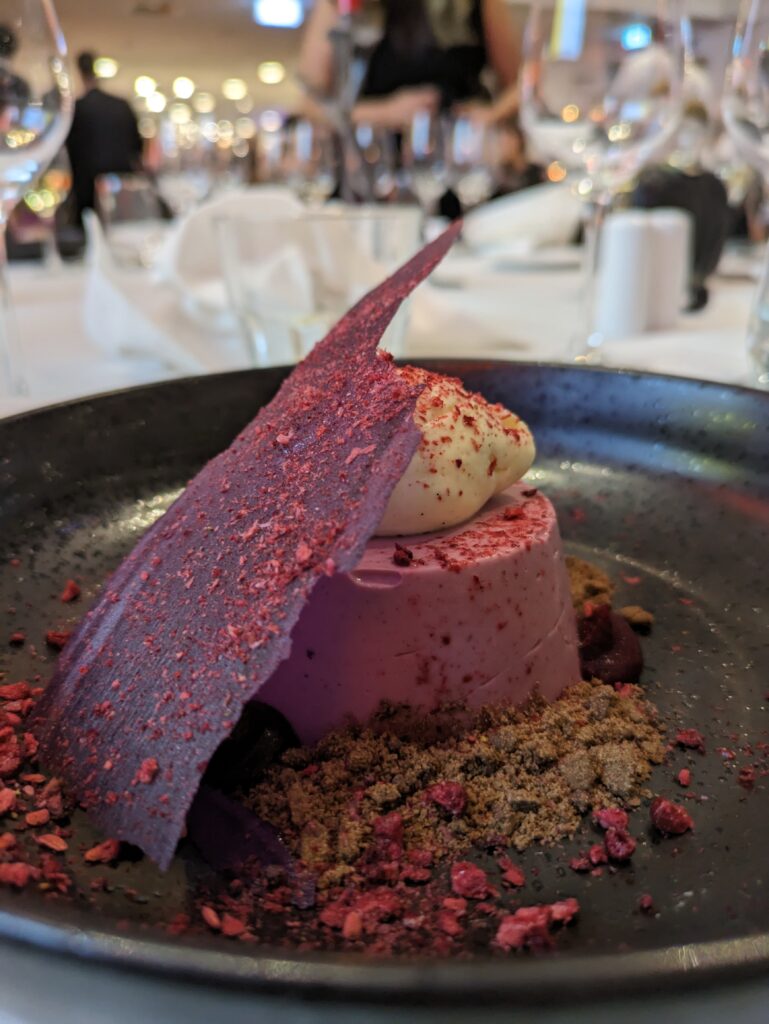



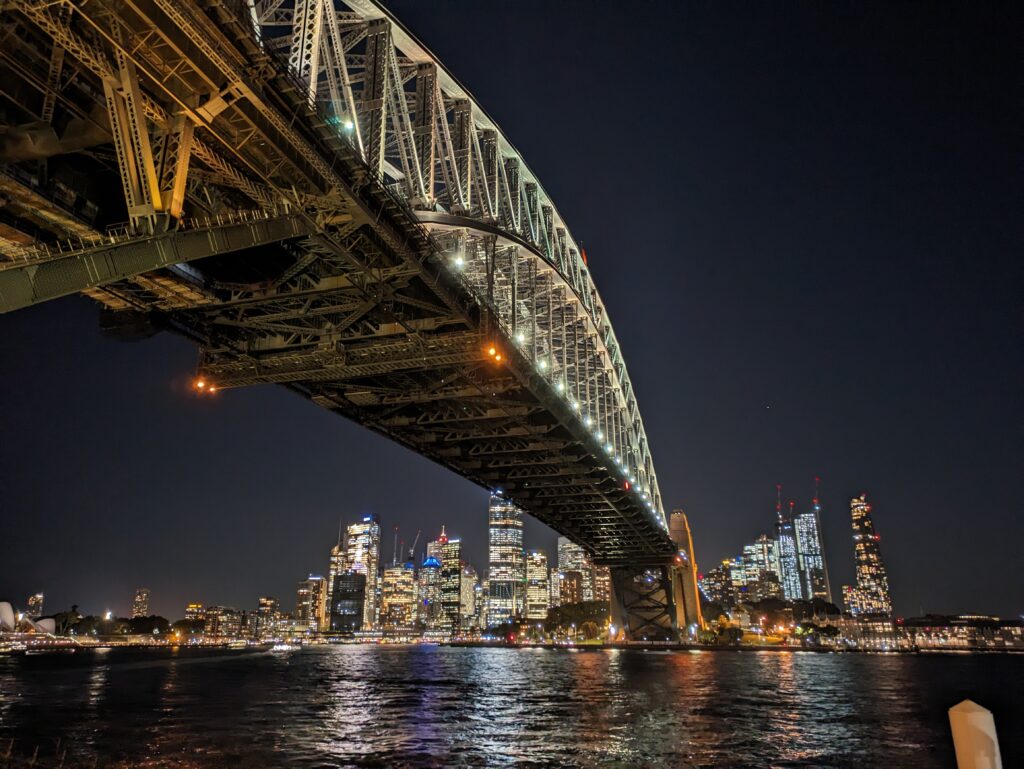












Google Pixel 7 Pro photo samples

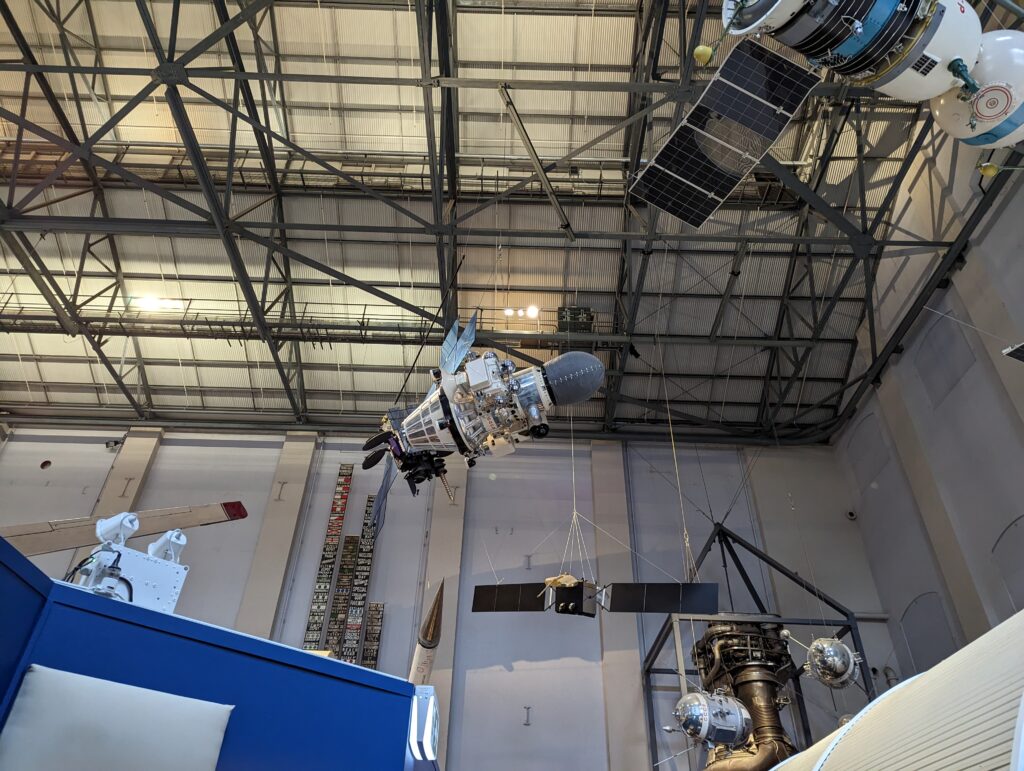
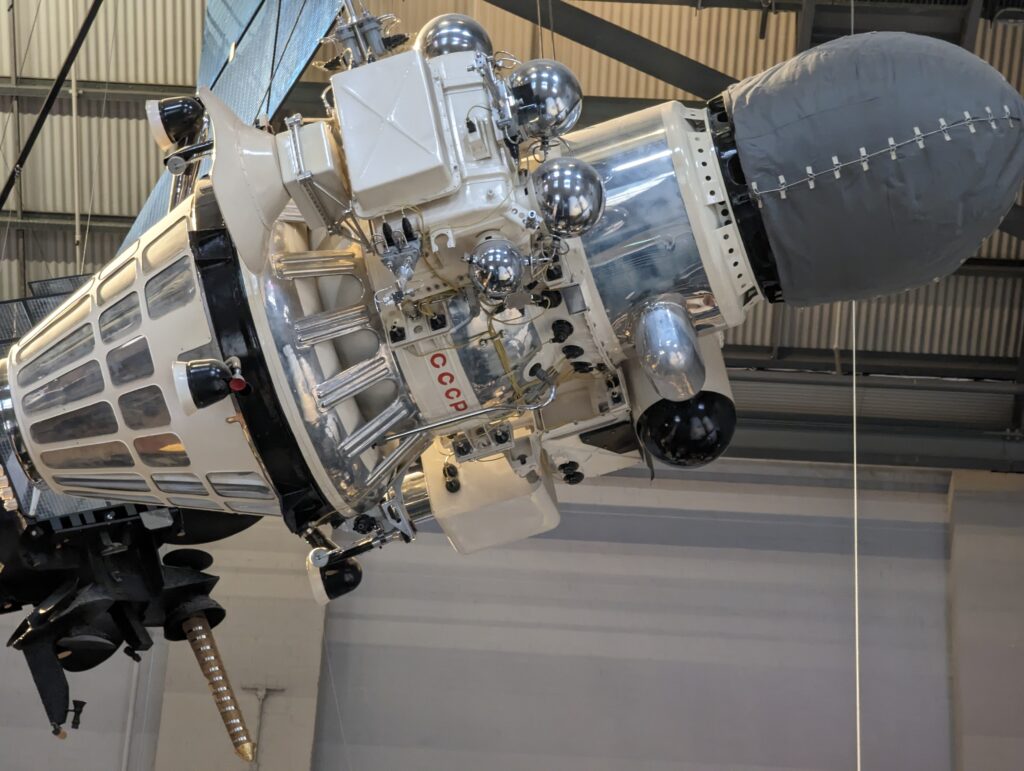
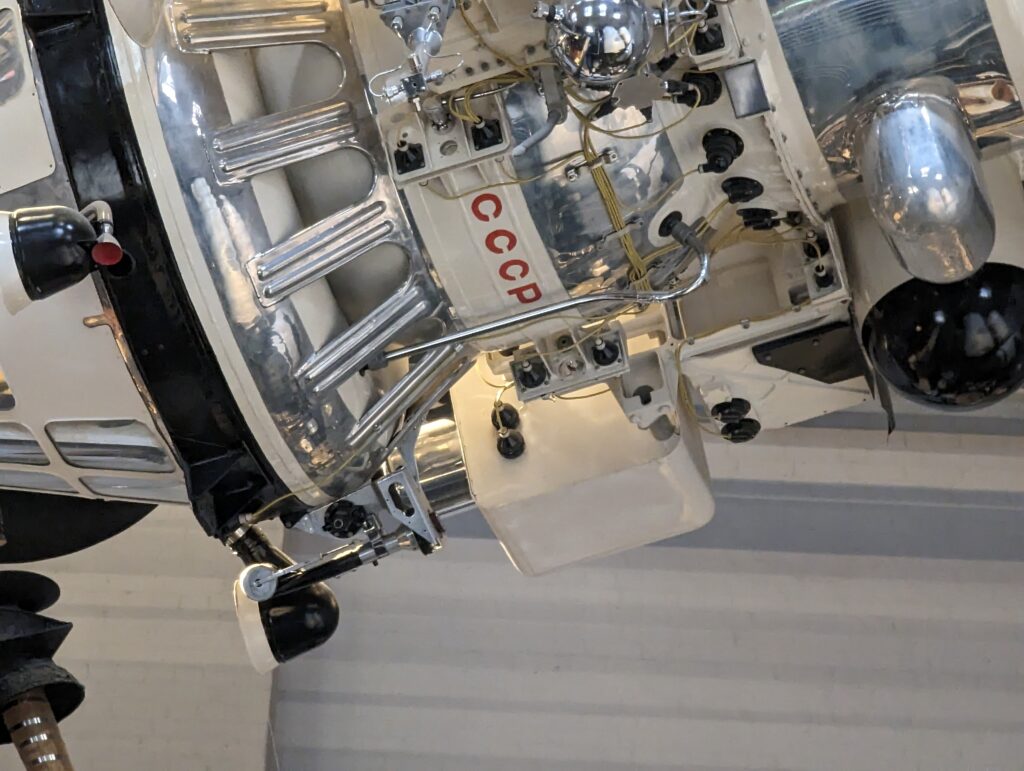






Battery: Pixel 7a vs Pixel 7 vs Pixel 7 Pro
Battery is another arena where the Pixel 7a sees an on-paper downgrade. The 4,385 mAh battery might seem slightly better than the 4,355 mAh battery but it’s also the only model in the Pixel 7 range that uses an inferior Lithium Polymer battery. Both the Pixel 7 and Pixel 7 Pro are powered by a Lithium-ion battery, which is generally accepted as the more efficient type of smartphone battery.
The Pixel 7a is also the only model in the family that doesn’t offer reverse charging (the ability to charge other devices with the Pixel 7a,) and its 7.5W wireless and 18W wired charging pale in comparison to the Pixel 7’s 20W wired and wireless charging and the Pixel 7 Pro’s 23W wireless and wireless charging. Wired or not, the 7a simply won’t charge as fast as its more premium Pixel pals.
With all the technology packed into modern smartphones, even the biggest batteries can struggle under pressure. Fergus reported two full days of battery life in his review of the Google Pixel 7a, while Adam’s experience with the Pixel 7 Pro found him redlining the battery after a single day.
Design and durability: Pixel 7a vs Pixel 7 vs Pixel 7 Pro
The most immediately noticeable difference between the Pixel 7a, Pixel 7 and Pixel 7 Pro is display size. From smallest to largest, the Pixel 7a rocks a 6.1-inch Full HD OLED display, the Pixel 7 a 6.3-inch Full HD+ AMOLED display and the Pixel 7 Pro a 6.7-inch QHD AMOLED display.
The Pixel 7 Pro is also the only option with a faster 120Hz refresh rate (the Pixel 7a and 7 cap out at 90Hz).
The Pixel 7 and 7 Pro are also built of slightly sturdier stuff– Gorilla Glass Victus protection on the front and back– whereas the Pixel 7a opts for a plastic caboose. The Pixel 7a’s IP67 rating also presents a slight downgrade to water resistance compared to the IP68 rating of the Pixel 7 and Pixel 7 Pro but the difference is negligible (half a metre when all is said and done).
Power and performance: Google Pixel 7a vs Pixel 7 vs Pixel 7 Pro
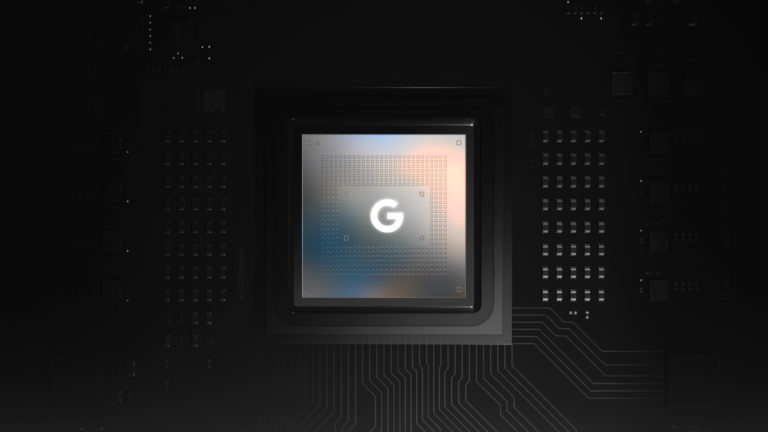
Not only does the Pixel 7a offer a sizeable performance bump over the previous Pixel 6a, but it’s also on par with the Pixel 7 and Pixel 7 Pro for sheer grunt. All three models are working with the same chipset and GPU. Google’s Tensor G2 chip is at the heart of each device and is supported by a Mali-G710 MP7 GPU.
Typically RAM is one of the first performance specs to take a hit with more affordable entries but the Pixel 7a shares 8GB of RAM with the Pixel 7. You’ll only find 12GB of RAM in the Pixel 7 Pro.
While not a downgrade per se, you are restricted to 128GB of internal storage with the Pixel 7a, whereas the Pixel 7 is available in a 256GB variant and the Pixel 7 Pro in 256GB and 512GB. None of the Pixel phones this year have expandable memory via an SD card, so any excess storage will be delegated to the Cloud (eventually, at a cost).
If 128GB won’t cut the mustard, and you prefer to keep your storage local, the Pixel 7 or 7 Pro might be the best option for you.
Conclusion: Which is the better pick?
As outlined in Ferg’s review, the Google Pixel 7a is a powerhouse as an affordable alternative to the premium Pixel 7 and Pixel 7 Pro.
As far as cost-cutting measures go, the Pixel 7a has emerged from Google’s budgetifier relatively unscathed. Overall, performance is a match for the Pixel 7 and 7 Pro and the only noticeable differences are the missing telephoto lens and a slightly smaller display (which some will consider a pro for the Pixel 7a.)
There’s also the fact that we’re halfway through the year already and a shiny new Google Pixel 8 is expected to launch by October 2023. So if you’re dead set on a premium pick, you might be better served holding out for a few more months anyway.
Related Articles



